Rebuilding Infrastructures to Address Water Scarcity in Sudan

Photo: Mohamed Tohami on Unsplash.
Water is a critical part of crises. It is one of the most-used resources on earth and the most vulnerable to climate change. With the possibility of more frequent droughts ahead, securing access to water is vital for the survival of people and the environment. In Sudan, a UNEP-led project has been rebuilding infrastructure to address water scarcity across the drought-prone and conflict-ridden region.
Water Scarcity in Sudan
Water scarcity is a prolonged issue in Sudan. The country has limited water supplies due to the transboundary nature of its freshwater sources, meaning Sudan is sharing major water bodies with other countries. On top of that, the risks of water pollution and limited rainfalls also heightened the issue. The northern region is said to experience less than 50 mm of annual rainfall, while the central and southern regions’ rainfall rates range from 200-1,500 mm annually.
Securing access to water is crucial for community resilience in the face of climate change. Moreover, humanitarian conflicts are happening more frequently in many parts of the world, including in Sudan, which can exacerbate the impacts of water scarcity. The United Nations Environment Programme’s (UNEP) Wadi El Ku Catchment Management Project aims to support communities in Sudan with water for their daily needs.
Wadi El Ku Catchment Management Project
The UNEP’s Wadi El Ku Catchment Management Project began in 2013. The project intends to build sufficient infrastructures to increase water access for communities and eventually contribute to peacebuilding in the region. In its first phase (2013–2017), the project managed to build three dams and one water catchment basin to provide over 1,500 households in 543 villages in North Darfur with water access.
The project continued with its second phase in 2018. Partnering with the Sudanese Government and the non-governmental organization Practical Action, the UNEP aims to help rebuild the relationship between the communities in Sudan over natural resources. Through rehabilitating the Wada’a dam and constructing two other weirs near the Edelbida’a and Kusa communities, the project aims to provide drinking water, reduce drought and erosion impacts, and recharge groundwater levels.
Efforts in the Face of Polycrisis
Water scarcity, humanitarian conflicts, and climate change issues are connected. As the world is currently grappling with multiple crises, governments, organizations, and other actors must work together to implement projects, initiatives, and mitigation efforts without leaving anyone behind.
“This project had taught us valuable lessons,” said Awdallah Hamid, Project Manager for Practical Action. “One of the most important was that establishing a robust governance structure for natural resources management might initially slow down progress, but it paid dividends in the long run, especially in times of crisis like the ongoing conflict.”
Editor: Nazalea Kusuma

Join Green Network Asia Membership
If you find this content useful, support Green Network Asia’s movement to create positive impact for people and the planet through public education and multi-stakeholder advocacy on sustainability-related issues and sustainable development. Get exclusive benefits for personal and professional development as well as for organizational capacity development.
Become a Member Now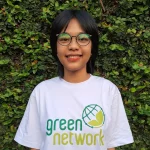
Kresentia Madina
Madina is the Assistant Manager for Digital Publications at Green Network Asia. She graduated from Universitas Indonesia with a bachelor's degree in English Literature. She has three years of professional experience working on GNA international digital publications, programs, and partnerships particularly on social and cultural issues.


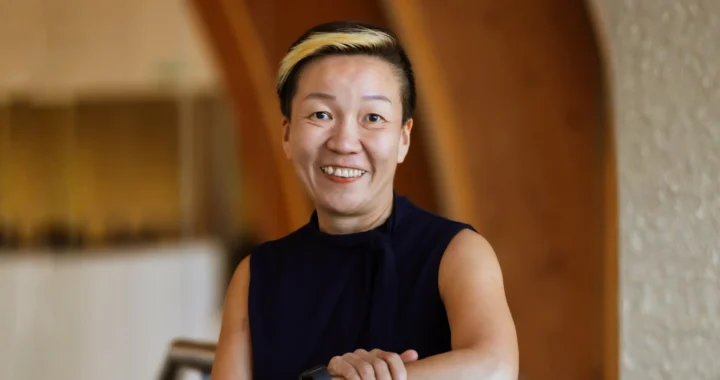 An Interview with May Tan-Mullins, CEO and Provost of University of Reading Malaysia
An Interview with May Tan-Mullins, CEO and Provost of University of Reading Malaysia  An Interview with Eu Chin Fen, CEO of Frasers Hospitality
An Interview with Eu Chin Fen, CEO of Frasers Hospitality 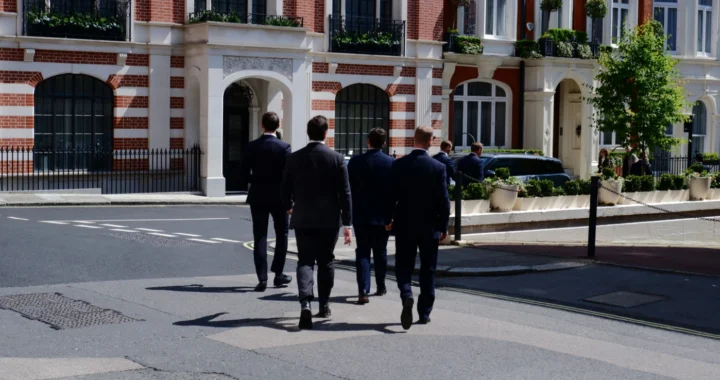 The UK Government’s Funding Package Plan to Tackle Youth Unemployment
The UK Government’s Funding Package Plan to Tackle Youth Unemployment  Understanding the Dark Side of Artificial Intelligence
Understanding the Dark Side of Artificial Intelligence 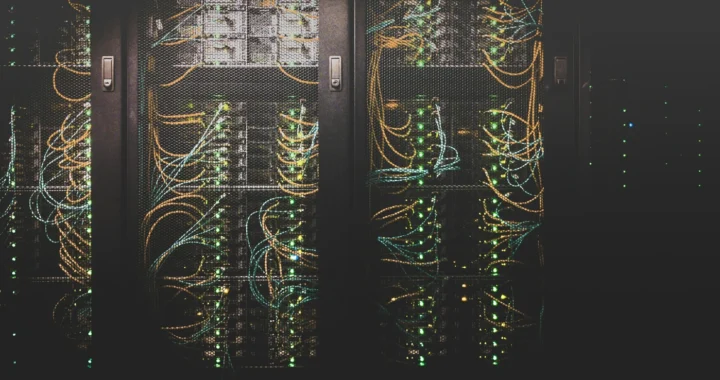 Attempting Data Center Circularity Through Waste Heat Recovery
Attempting Data Center Circularity Through Waste Heat Recovery 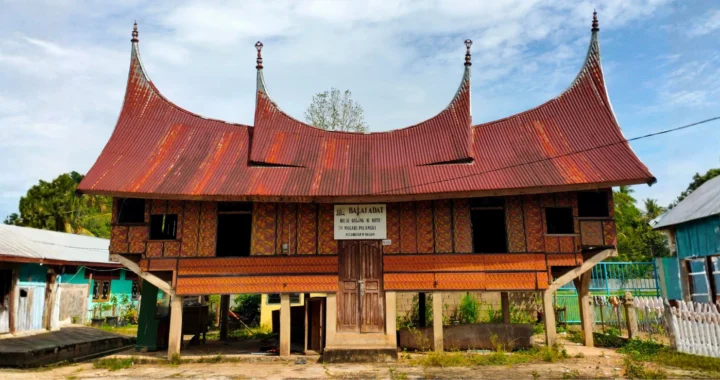 Indigenous Knowledge and Art as Integral Instruments for Disaster Risk Reduction
Indigenous Knowledge and Art as Integral Instruments for Disaster Risk Reduction